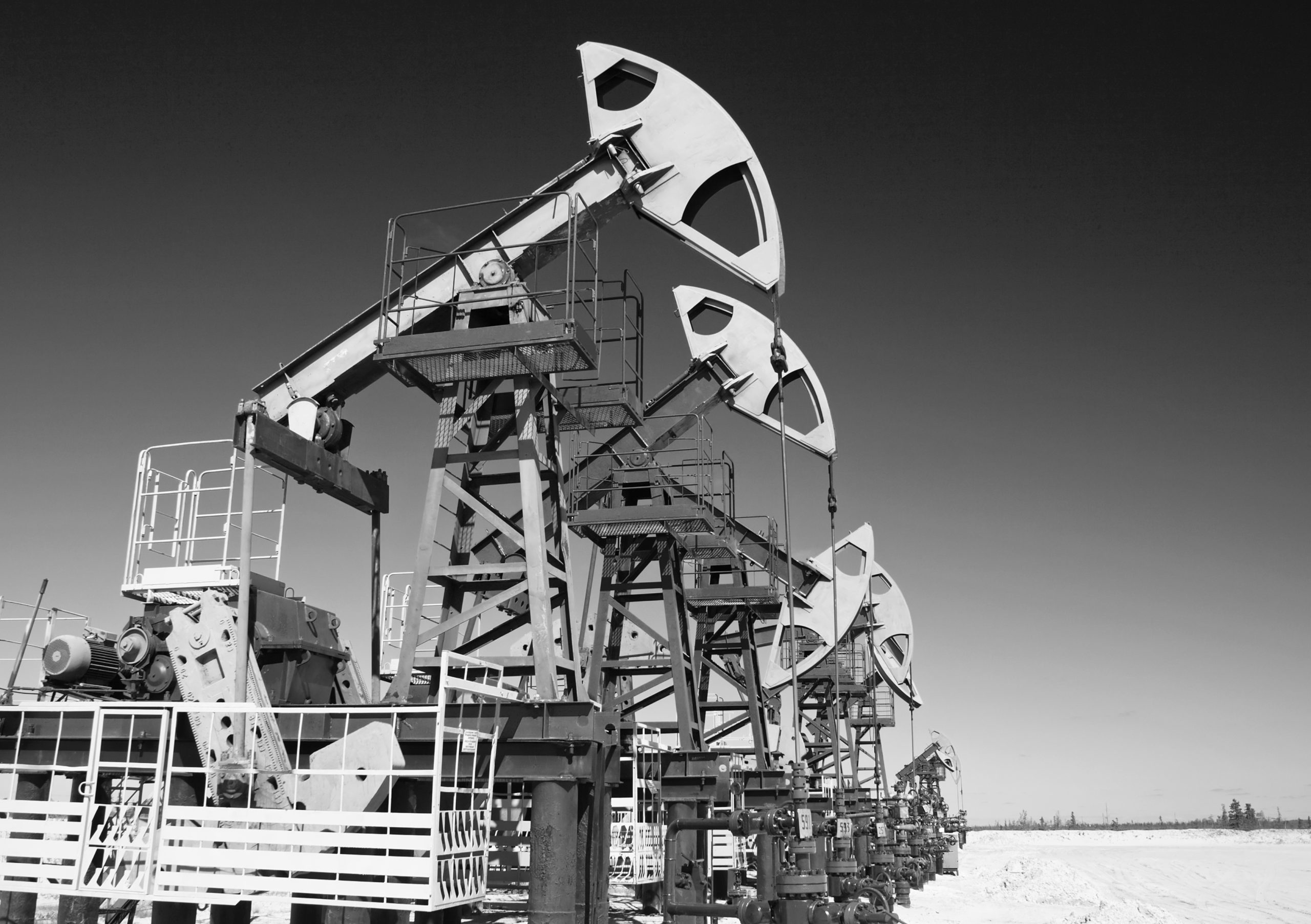Welcome to the Spring semester 2017 with the ENERPO team!
Every week we will bring you up to date with global news in energy. This issue looks at OPEC’s efforts in curbing oversupply in the global oil market (and how those efforts work for US shale drillers); changes in the European natural gas market; Russia’s position in both markets as well as needs to make changes in the domestic economy; new US President’s decisions over projects halted under previous administration, and more.
Oil cuts and the oil price. The Organization of the Petroleum Exporting Countries and other producers, including Russia, have agreed to cut output by almost 1.8 million b/pd relative to October 2016 level, during 6 months starting January 1 (1,2 mln b/d of that by OPEC members, and 558 thousand b/d by non-OPEC members, as reported by Platts). It was an incredible achievement only a few months ago, and is generating speculation on the possible creation of a more permanent enlarged OPEC, sometimes referred to as ‘Super OPEC’. As a result of these decisions, the prices have been going up (both Dubai and Brent have grown from around 45 to around 55 USD/bbl between November 2016 and January 2017).
But now, as the real cuts are taking place, oil prices seem to go down again. In the end of January, U.S. crude futures for March delivery settled down 61 cents, at 53.17 USD/bbl, and Brent’s price was down by 72 cents at 55.52 USD/bbl. Part of this slide can be attributed to the US shale industry. There are also several other reasons behind the price slide, but the resilience and flexibility of the US shale industry, whose existence only a few years ago was considered not feasible within low price oil markets.
In the meantime, Russia has overtaken Saudi Arabia as the largest supplier of oil to China. In 2016, Russian crude oil supply to China increased by 24% to 1.05 million barrels per day, while Saudi Arabia’s numbers stayed still at 1.02 mb/d. Chinese appetite amid the world’s glut was one of the main factors of prices recovery.
The depolitization of the European gas market? 2016 appeared to bring increase in Russia’s share in the European natural gas market as well. According to Alexei Miller’s column and Gazprom website, 2016 figures for European exports are expected to reach 179 bcm. Fccording to Danila Bochkarev, Senior Fellow at the EastWest Institute, the Russian company gained market share by playing by the rules of the market.
More to that, Russia is planning wider presence in LNG markets. The first ever ice class LNG tanker is being prepared for transporting LNG from the Yamal LNG project. The first of fifteen planned icebreaker LNG vessels for the Yamal LNG project arrivesdat Zeebrugge terminal (Belgium) on January 20. It was built by South Korean DSME and is prepared to transport 172,600 m³ of LNG. Yamal LNG is an ambitious and technically challenging project just above the arctic circle to start operations in 2017. Main shareholders are French Total and Novatek – Russia’s largest independent gas producer, alongside with Chinese CNPC and Silk Road fund. Ice class LNG carriers open a new chapter in LNG trade, offering a significant shortcut to the Asian markets through Arctic.
Changes in the US under new President. Donald Trump, whose inauguration as the US president took place on January 20, is expected to bring a lot of new developments in the energy sector of the country. The summary of major executive orders signed during his first week are provided by the Financial Times and include the withdrawal from the Trans-Pacific Partnership, speeding up environmental reviews of critical infrastructure projects, and memoranda on pipelines. Keystone XL and Dakota Access pipelines were both blocked by Obama administration, but are now revived. Keystone XL is a 1,900 km pipeline project (including 1,400 km in the United States) for oil sands extensions from Alberta (Canada) to the Texas Gulf refineries. The Dakota Access project is planned to bring shale oil produced from Bakken formation in North Dakota to the oil hub in Patoka, Illinois. It will have an operational capacity of 470,000 barrels per day. Environmental aspects were among the most important, impeding the approval of these pipelines. Does this mean a U-turn in environmental policy? And what does it mean for the rest of the world?
We are interested to hear your thoughts – send them to imironova@eu.spb.ru.
Subscribe to our Twitter, Facebook and WordPress for faster updates!

